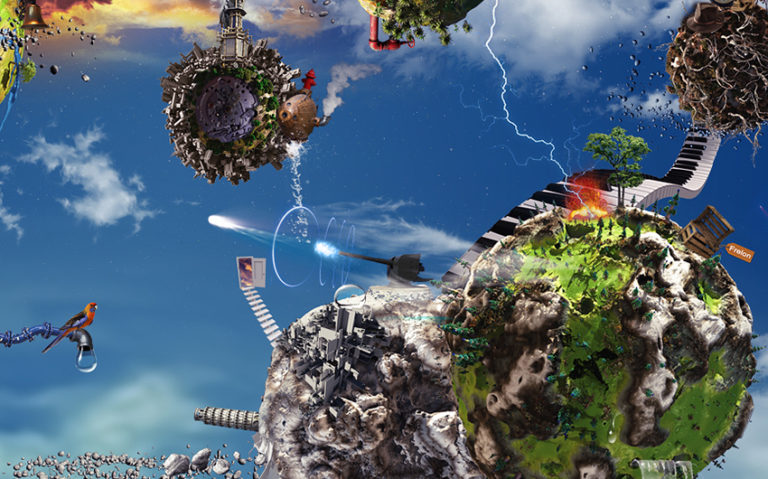VR hits a bump but AR in the enterprise fares better.
- It looks very much as if 2016 for augmented reality (AR) and virtual reality (VR) has panned out much as I feared it would (see here) in contrast to the optimism and hype at CES 2016.
- The supply chain has invested heavily in production of VR and AR units but has subsequently seen HTC’s Vive, Occulus Rift and Samsung’s Gear VR all undershoot expectations with no immediate improvement on the horizon.
- Worst of the lot is Sony’s Playstation VR which was expected to ship 2.6m units during 2016 but now looks set to ship just 750,000 (SuperData).
- Google Daydream has also disappointed with shipments now expected to be around 250,000 rather than 450,000.
- This is a strong indication that the limitations of VR in particular remain legion including:
- Price: Many of the devices cost several hundreds of dollars and also require a PC to run, further increasing the cost.
- Clunky: VR and AR units are still large, clunky and uncomfortable to wear.
- In many cases they also make the user feel foolish when wearing one.
- Comfort and security: VR in cuts the user off from almost all sensory inputs from his immediate environment severely limiting the situations in which the user would feel comfortable using one.
- Many units also cause feelings of nausea due to an imperfect replication of the real world compared to what the brain is expecting.
- Cable: Many units require an HDMI cable which prevents the user from moving and also increases the risk of a fall should the user trip over the cable.
- Content: Both games and content remain in short supply limiting the reasons for users to immediately adopt the platform.
- The adult entertainment industry is a good yardstick for the adoption of new media types and even this has been slower than expected to jump in.
- The low volumes of the Sony PlayStation VR headset is the most surprising as I have long been of the opinion that it has the best chance of success.
- This is because the unit is cheaper than the others, runs on the PS4 which already has an audience of nearly 100m dedicated game players.
- For these reasons, I think that PS4 VR has a big advantage over the others but its marketing efforts have not been particularly aggressive which has also hurt its appeal.
- The net result is that VR is clearly not ready for the prime time and there remains a lot of work to do before volumes will really take off.
- I do not see this happening in 2017 meaning that the outlook for next year remains pretty grim.
- AR has exactly the same problems with the exception that it has plenty of applications in the enterprise where the content, comfort and price limitations are less important.
- Consequently, those AR companies that are focused on productivity applications are likely to fare better in the short term.
- I would steer clear of any investment depending on VR for now and HTC in particular.









Blog Comments
Sumanta Talukdar
December 6, 2016 at 12:40 pm
Hi Richard, you should come and take a look at how WaveOptics is unlocking the full potential of AR with our waveguide display tech. We’ve stayed focussed on performance, wearability and scalability for over 6 years now and its paying off.
Cheers,
Sumanta
windsorr
December 8, 2016 at 1:03 pm
if you will be at CES, happy to pop round and take a look
Sumanta Talukdar
December 9, 2016 at 1:06 pm
Hi Richard,
Sure. We are only doing private meetings at CES so lets pick a slot and we’d be happy to meetup.
All the best,
Sumanta
zeke
December 9, 2016 at 8:33 pm
Not terribly surprising VR isn’t paying off as the hype was built on a lie (sort of).
Back when Occulus pre-Facebook buy out had their demo running on Doom the classic first person shooter, everyone read that as FPS games will be playable in VR and as all the biggest games are FPS this will be huge!
Only it wasn’t, the Doom demo was very carefully crafted as it turned out you can’t play FPS games in VR without getting sick after 10 minutes.
Of course this information was hand waved away by VR supporters and the press, it will all be sorted out by the time it comes to market only they couldn’t fix it, even Sony’s best efforts in FPS VR requires huge training to avoid being sick.
So only certain types of games actually work in VR and not the most popular kind, that should have been the major warning sign.
windsorr
December 12, 2016 at 12:14 pm
Not really a lie… a promise that could not be fulfilled… The nausea thing is a big issue…